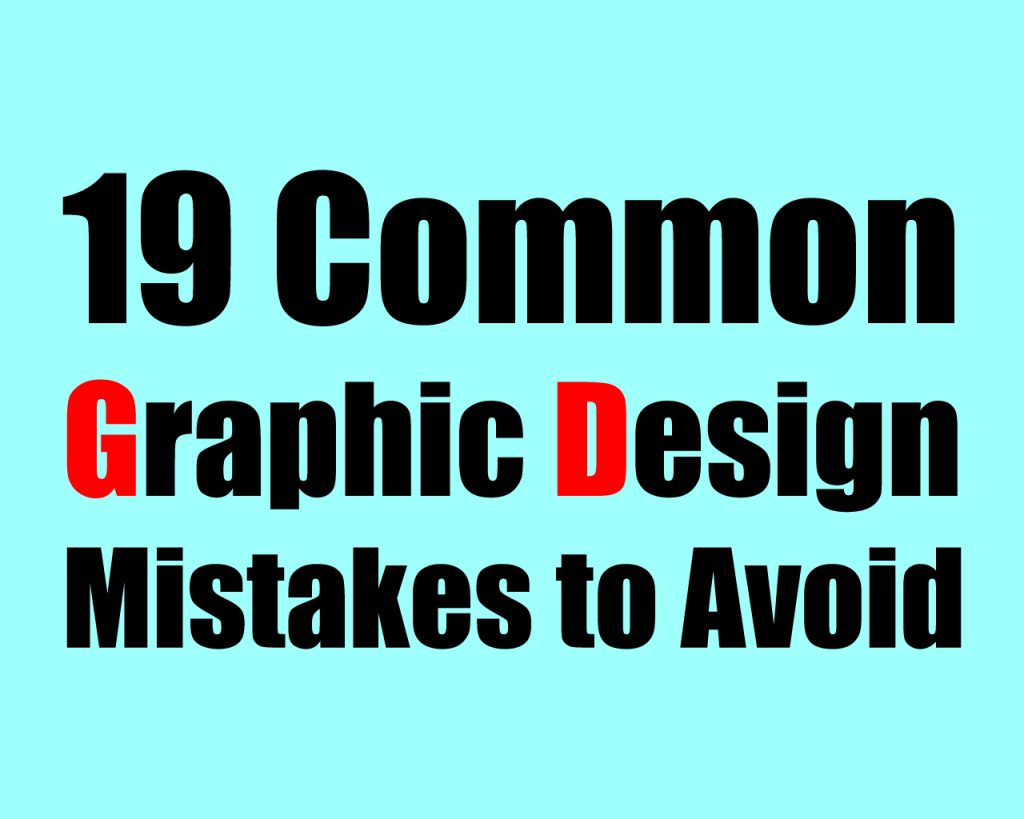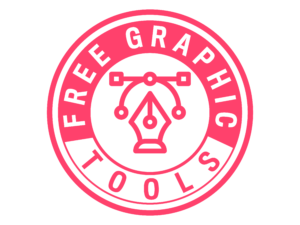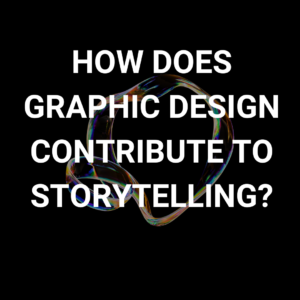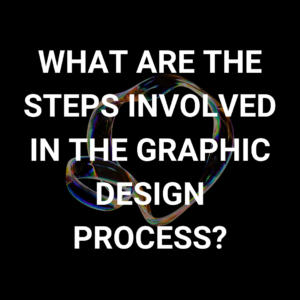192 Views

- Poor font choices: Selecting inappropriate or hard-to-read fonts can make your design look unprofessional. Choose fonts that align with the overall style and purpose of your design.
- Cluttered layout: Overcrowding your design with too many elements can overwhelm viewers. Maintain a clean and balanced layout to enhance readability and visual appeal.
- Inconsistent branding: Failing to maintain consistent branding elements such as colors, fonts, and logo placement can confuse your audience. Establish and adhere to brand guidelines throughout your design.
- Lack of white space: Avoid cramming elements together without enough breathing room. White space (negative space) helps create visual clarity and allows your design elements to stand out.
- Low-resolution images: Using low-quality or pixelated images can greatly diminish the overall impact of your design. Always use high-resolution images for a crisp and professional look.
- Improper color usage: Carefully choose your color palette and avoid using too many colors that clash or distract from the main message. Consider color psychology and ensure that your colors evoke the desired emotions.
- Poor hierarchy: Failing to establish a clear visual hierarchy can confuse viewers and make it difficult for them to understand the intended message. Use size, color, and typography to establish a clear hierarchy of information.
- Incorrect file formats: Using the wrong file format for different purposes can lead to issues with print or digital display. Understand the appropriate file formats for different design elements and platforms.
- Inadequate proofreading: Typos and grammatical errors reflect poorly on your design and professionalism. Always proofread your text carefully before finalizing your design.
- Unoptimized file sizes: Large file sizes can slow down websites or make it challenging to share your design. Optimize your files for web or print to ensure optimal performance.
- Lack of contrast: Insufficient contrast between elements can make your design hard to read or understand. Ensure there is enough contrast between text and background and between different design elements.
- Ignoring responsive design: With the increasing use of mobile devices, it’s crucial to design with responsiveness in mind. Your design should adapt and display properly across various screen sizes.
- Overusing special effects: Applying excessive gradients, shadows, or other effects can make your design appear dated or overwhelming. Use effects sparingly and purposefully.
- Inconsistent alignment: Misaligned elements can create a sense of chaos and unprofessionalism. Pay attention to alignment and make sure elements are properly positioned.
- Poor image cropping: Careless or improper image cropping can lead to awkward compositions and distract from the intended focus. Crop images thoughtfully to highlight the subject and eliminate unnecessary distractions.
- Lack of visual hierarchy in typography: Using the same font style and size throughout your design can make it difficult for viewers to prioritize information. Utilize different font sizes, weights, and styles to establish a clear visual hierarchy.
- Overcrowded text: Including excessive text in your design can overwhelm viewers and make it challenging to absorb the message. Keep text concise and use headings, subheadings, and bullet points for better readability.
- Inappropriate image usage: Using images that are irrelevant or don’t align with your message can confuse or mislead your audience. Ensure that your chosen images support and enhance the intended meaning.
- Neglecting user experience: Designing solely based on personal preferences without considering the target audience can result in ineffective designs. Put yourself in the shoes of your audience and prioritize their experience and needs.






